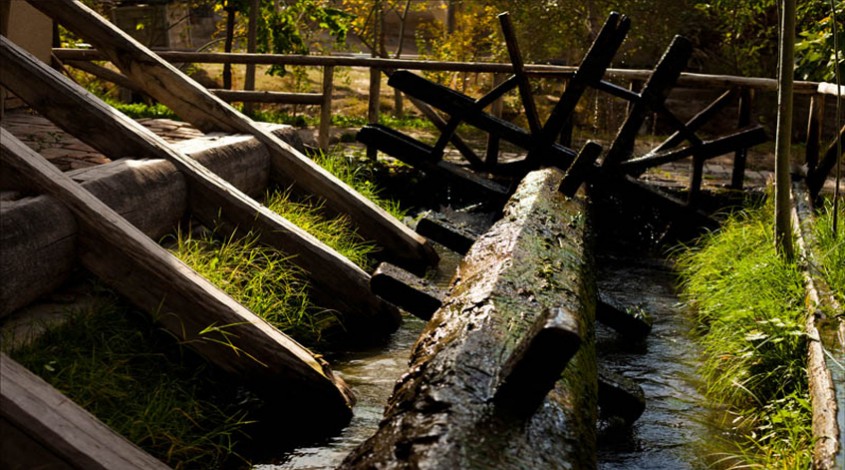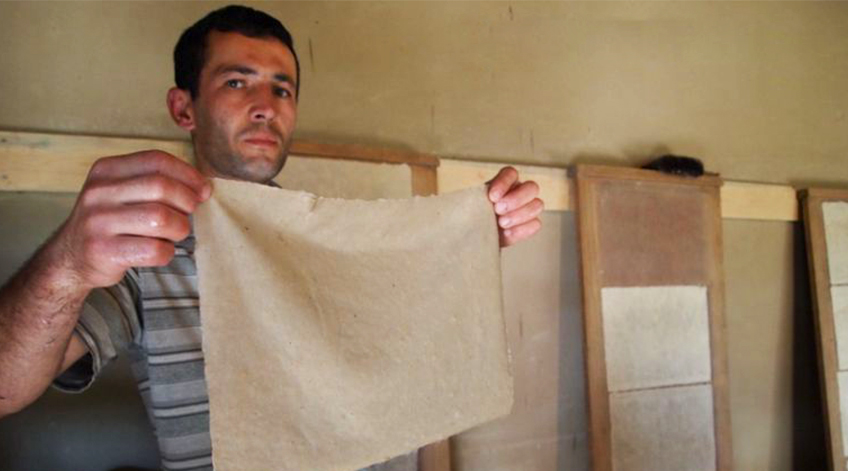

One of the most interesting places you can visit in Samarkand is the Koni Gil silk paper workshop. Unlike other attractions of the city, there you are able to not only admire the beauty of the place but also participate in real production using the technologies of ancient masters.
The history of silk paper production in Samarkand began after the Battle of Talas in 751 AD. Production was started on the initiative of Chinese prisoners brought to the ancient lands of present-day Uzbekistan by the Arabs.
By the 7th century, there were more than 400 factories on that territory. Silk paper production expanded from Samarkand to Baghdad, Damascus and Cairo. Paper production reached Europe in the 12th century, when its secret was revealed.
Samarkand was the center of silk paper production in Central Asia until the middle of the 19th century, when the secrets of manual production were completely lost due to technological progress. Samarkand paper was made from mulberry tree with the addition of henna and rose water. It was famous for its bright colors and fragrance.
With the support of the UNESCO and JICA, a water mill was built in the village of Koni Gil, which is 8 kilometers from Samarkand, and then the ancient tradition of silk paper production was revitalized there.


Every day, many tourists come here attracted by a unique opportunity to observe the production process performed according to ancient technologies. Visitors who come here can also take an active part in the production process.
Silk paper production process in Koni Gil village:
This process requires time, patience and skill.
Silk paper is not susceptible to pest damage; it is strong and flexible and retains its pale yellow color. Until the 20th century, paper was usually pale yellow, but later the variety of colors became very large.
They say that such paper can last not less than 2,000 years.
Canaan Travel invites you to Uzbekistan! The experience we have accumulated over the years of our work helps us to predict exactly how you want to spend your vacation in our country. Trust us and we will arrange a journey into a true fairy tale for you.
